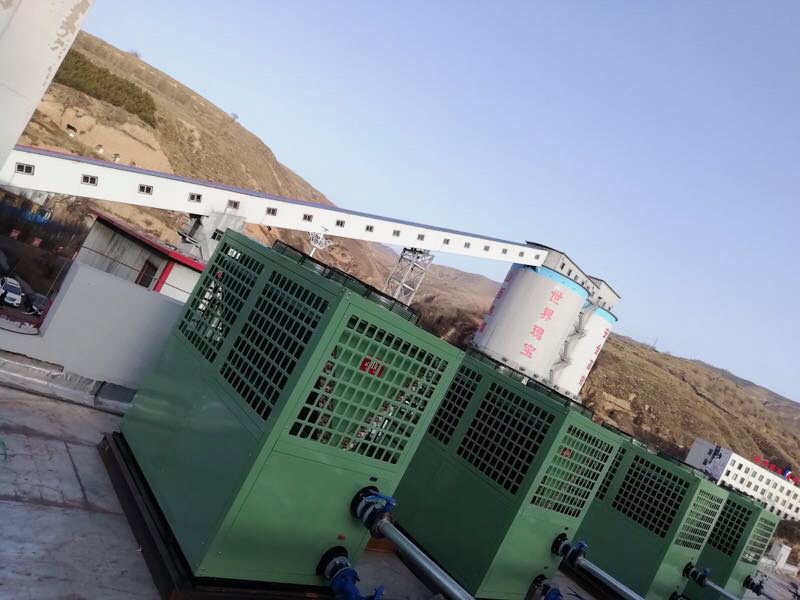Success Stories
To air energy heat pump to reduce the noise of these aspects to pay attention to
Published on:
2023-04-20
The air energy heat pump unit has the advantages of energy saving and environmental protection, and is currently widely used in the heating field. The host of this kind of air energy central heating equipment has a characteristic, that is, the power of the host and the circulation pump is very large, and the noise problem caused by it cannot be ignored.
How should the sound insulation and noise reduction of the specific pump set be done? The pump set is generally located on the roof of the building, and the noise it generates is mainly the following aspects: the air sound generated by the operation of the pump set motor, the vibration of the pump set compressor causing the vibration of the building foundation and the pump set working to excite the resonance of the pipeline . Therefore, to completely solve the problem of heat pump noise, we must start from the aspects of air sound, equipment vibration and pipeline vibration.

1. Air-acoustic treatment Air-acoustic sound insulation is relatively easy to control the noise of the pump set. The air noise generated by the pump set generally does not exceed 85dB ( A ), and there is at least one floor between the pump set and the owner's room. Generally, the airborne sound insulation of 120mm cast-in-place concrete is greater than 52dB , which is quite beneficial for isolating the airborne sound of the pump set. But now the country has stricter requirements on the indoor acoustic environment, so if the pump unit is separated from the owner by a floor, special treatment for sound insulation is required. Commonly used methods include adding sound insulation covers, sound insulation ceilings, Indoor sound absorption, etc.
2. System vibration isolation Generally, vibration isolators are used for vibration isolation of the pump set system. If the vibration of the pump set is relatively strong, the practice of floating ground is preferred, because the vibration reduction effect of floating ground is better, and the frequency band that can play a role in vibration reduction Also wider.
3. Pipeline vibration isolation treatment Add (replace) rubber soft connections to the pipelines connected to the pump unit. Generally, the length of the soft connection is short and the elasticity is poor, resulting in an unsatisfactory overall vibration isolation effect. After replacement, the vibration isolation effect will increase significantly. The soft connection should be connected with professional vibration isolation products with good vibration isolation performance, long length and corrosion resistance.
4. Vibration reduction treatment for pipe support. Generally, the connection between pipe support and the ground is a hard link, which causes the vibration of the pipe to be transmitted to the building structure. Do a good job of vibration reduction treatment under the support, which can better prevent the vibration energy from going to the building structure. spread.
5. Treatment of pipes passing through walls Generally, pipes and walls are hard-connected, and a considerable part of the energy of pipe vibration is transmitted to the building structure, so it is necessary to disengage the pipes from the wall to prevent the transmission of energy.
6. Pipeline damping and sound insulation wrapping The vibration noise of the pipeline is high, and the vibrating air sound will also affect the residents. Therefore, it is necessary to carry out comprehensive damping and sound insulation wrapping on the pipeline. On the one hand, it can reduce the vibration of the pipeline, and on the other hand, it can also Play the role of isolating air sound.
It can be seen that the noise control of the pump unit is a professional and systematic renovation project. The design and treatment of vibro-acoustics should be done jointly from the sound source, transmission and user receiving end, so as to minimize the impact of heat pump unit noise on the owner.


